|
The Great American Irish Festival is always a magnificent celebration of culture, music, community, and friendship. And this year was just as epic as ever. Held July 26-28 at the Herkimer County Fairgrounds in Frankfort, NY, it featured 22 bands, a building full of high quality vendors, food and drink galore, heavy games, a 5K race, Irish step dancers, dogs of Ireland, highland pipe bands - and a building full of cultural exhibits and activities which was organized by Craobh Dugan members this year. In this post you'll get a taste of the action, with lots of photos and videos. Several members of our group researched and created display boards for the mini-musem exhibit, covering topics like Irish poets, influential local immigrants from Ireland, Gaelic sports, the Irish workers on the Erie Canal, noble Irish women, and political cartoons that showed some of the fierce prejudice that Irish people had to overcome in the 18th and 19th centuries. 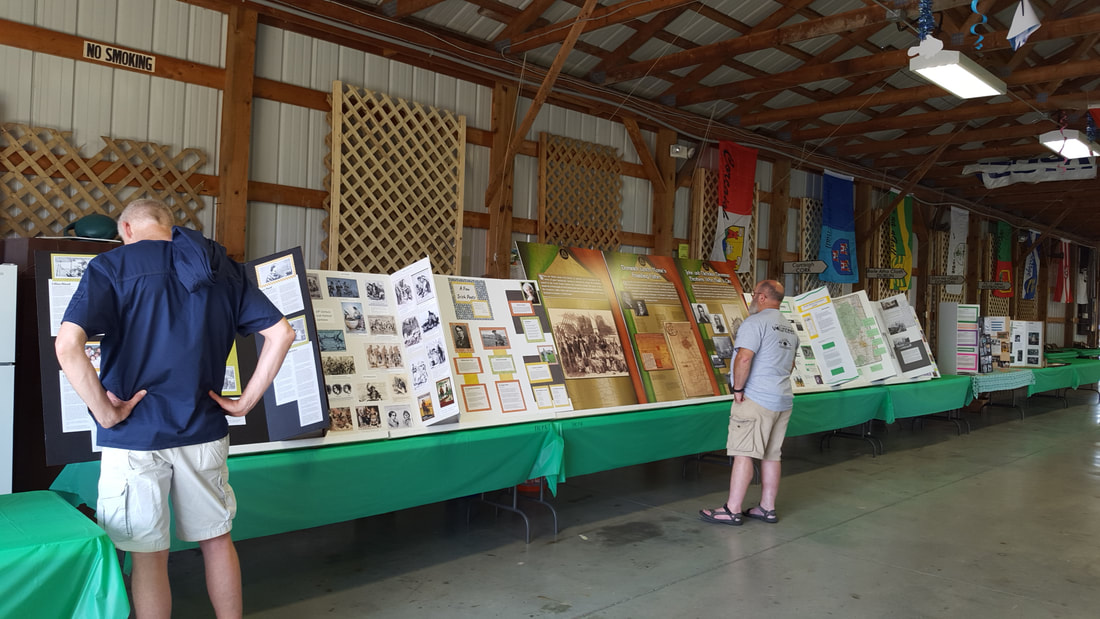 Patty Foley created a display about Irish knitting stitches and demonstrated them to festival visitors. Mike Carroll organized some of his Little Falls Theater friends to perform a traditional medieval mummers' play several times throughout the festival. Naming themselves Mummers Along the Mohawk, they created their costumes and recited their rhyming lines with great theatrical zeal, surprising and amazing all who saw them. Cindy Wood spoke to festival-goers interested in their Irish ancestry, sharing ideas for genealogical research. 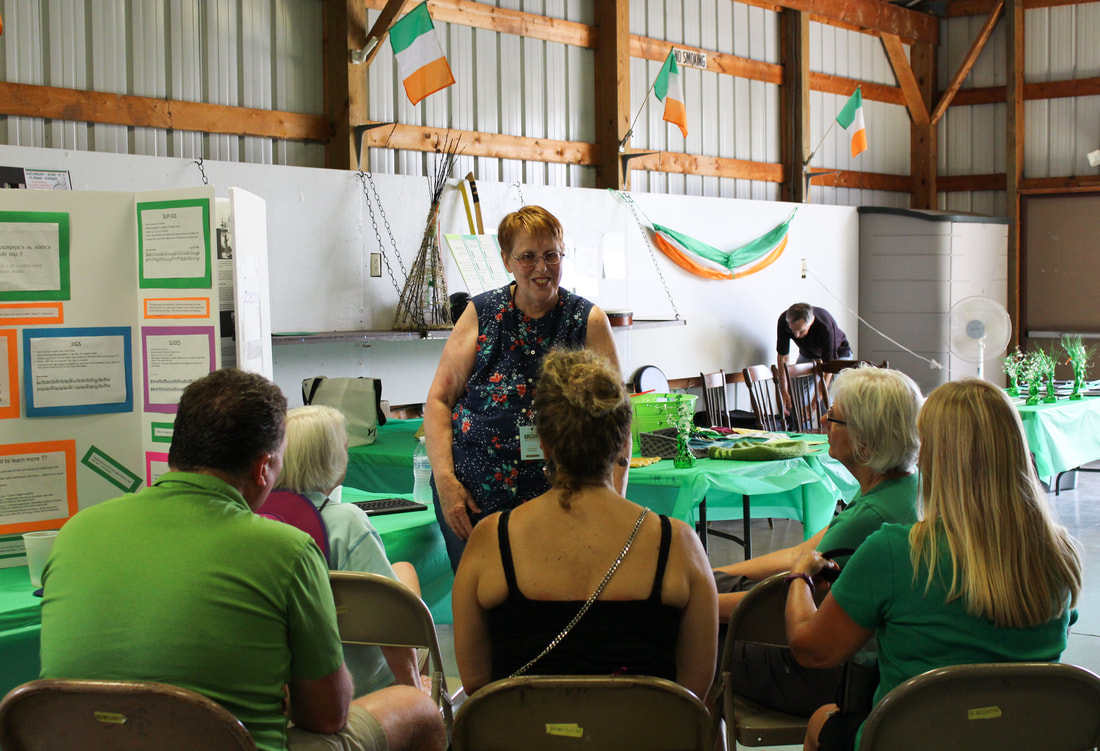 Albany's Two Rivers Gaelic League translated our names into Irish so we could wear them proudly on our own name tags. Connie Pratt, owner of Art and Vine in Utica, led a Paint and Sip session where more than 20 people created lovely pieces of art. One young girl even used her painting as a place to gather autographs from many of the musicians. The open session on Saturday sounded amazing with several professional musicians playing with us this year. With just a simple, "Would you like to join us?" these very busy artists were more than happy to play music with their local fans. Playing in the session were: Rose Baldino of House of Hamill, The Byrne Brothers, and Arise and Go. Have a listen to this small sample: We also tried another kind of session, this one just for drums. Tapping into a little experience with drum circles, Sue Romero led a bodhrán drum circle for about a dozen people. They brought their bodhráns, djembes, and congas and learned about the health benefits of drumming, drum circle rhythms and Irish beats. Jim O'Rourke contributed many things to our festival efforts this year, including this demonstration of how a thatch roof works. A few flash mobs surprised and delighted shoppers in the vendor building thanks to the guidance of Jim O'Rourke and the teachers of Butler-Sheehan Academy of Irish Dance and the Johnston School of Irish Dance. Here's a video of the Johnston School's flash mob on Sunday. Limerick native Deirdre McCarthy with her husband Jim gave a musical and storytelling performance. And then Deirdre taught us some fun sean-nos dance steps. 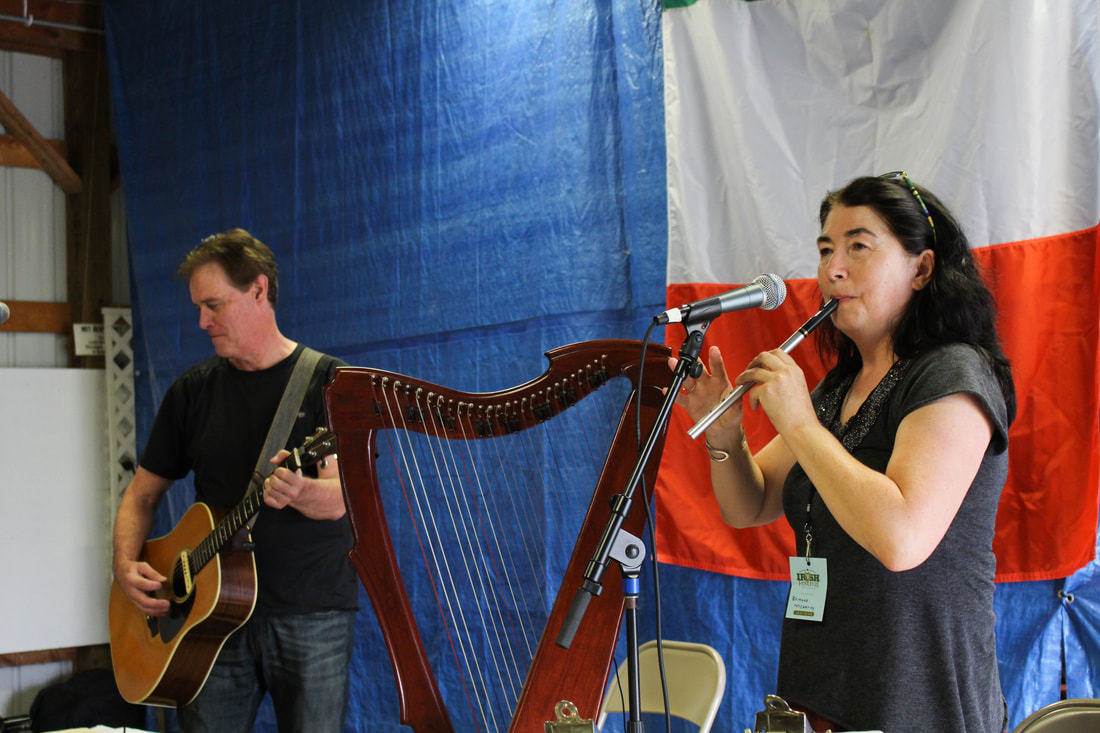 The Cultural Building stage was a busy place. Pictured here, The Mighty Craic performs. Later in the festival Gerry Dixon and Donal O'Shaughnessy also played music and told entertaining stories, and Craobh Dugan performed our Irish and the Erie musical-historical program. We also performed tunes and songs on the Traditional Stage on Sunday. This is a long list of highlights, but there were even more! We had five entries to the photo contest, which was won by Terry Ann DeLude from Utica. Her black and white photo, number 2 in the photo below, received more than 50 votes. And 26 people bravely attempted our challenging trivia quiz. Only one person, Carl Finnerty who traveled from Pennsylvania for the festival, answered all the questions correctly and won the Irish blessing throw donated by Lennon's Irish Shop.
All told, it was a fun and fulfilling weekend made possible only by the collaboration and hard work of our dedicated volunteers and the many more volunteers who make the Great American Irish Festival happen, now for the 16th year. Thanks a million to everyone who pitched in planning, creating, performing, presenting, selling raffle tickets, taking photos and videos, setting up, and cleaning up! It was a weekend where memories were made for us and for hundreds of people who attended.
0 Comments
Thinking of joining the musicians at one of our sessions? Here are some helpful tips to get you started. Do you dream of playing in an Irish session? Maybe you went to Ireland and spent some happy evenings sipping a pint and listening to a gathering of musicians playing rollicking tunes. Or maybe you’ve watched YouTube videos filmed at sessions. Or you may have caught your excitement for Irish music after hearing Craobh Dugan perform at a local festival. Either way, it sure looks like fun. So how do you get involved in one of our local sessions if you’ve never played in one before?
Instruments The first thing you’d need to do is choose your instrument. If you already have experience playing flute, guitar, or violin from your school days, you have a leg up. These are also instruments accepted at a session, though the style of playing them is different from bands or orchestras. Irish music is known for adopting instruments from many cultures, but there are some that would be frowned upon if they showed up at a session. You wouldn’t want to bring your saxophone, clarinet, trumpet, or trombone. Generally, the instruments associated with Irish music are:
Getting Ready Of course, you’ll need to get familiar with your instrument by practicing at home first. If you’re starting from scratch with a new instrument, there are lots of free videos on YouTube where you can learn the basics and get started with a few Irish tunes. Several people offer online courses for a fee. One of the best of these is The Online Academy of Irish Music where some of the best-known traditional musicians teach. When you’re ready to build your repertoire for playing locally, check out our Tune Book. It’s 180 pages long, but you don’t have to learn them all at once. To get you started, here are a few sets we often play:
Once you can play through a tune, practice it with a recording of a group of musicians. If you’re only used to playing it alone, the first time you play it with a group at a session, you can really get thrown off. You can find recordings on YouTube or CDs, but better yet, you can visit one or more of our sessions and make your own recordings. We’ll be happy to share the titles with you. We have two musician practice sessions each month at members’ homes, where you can get used to playing with others in a safe, welcoming environment without an audience. For this, you’ll need to officially join Comhaltas Ceoltóirí Éireann by paying the annual dues, but that’s very inexpensive and you get lots of other perks for it too. You can find out all about that on our Membership Page. A Few Tips for Your First Session When you come out to a session it’s good to know that each set is made up of three tunes and each tune is played three times before going on to the next tune. If you’re just starting out and only know one or two of the tunes in a set, it’s OK to play along with just the one you know and listen to the rest. If your chosen instrument is a bodhrán, the rule is “one at a time.” Bodhrán players take turns because everyone plays a little differently, and more than one going at once can throw the other musicians out of sync. Someone could join a bodhrán with spoons or bones, but only one of those should be playing at a time too. Also, before you spend time memorizing “When Irish Eyes are Smiling” it helps to know that older, more traditional songs are favored. If you can sing a sean-nós song in the Irish language, you’ll be a rare treasure, but there are many traditional songs in English too. The Session is a good resource for finding songs to learn and recommendations of recordings to learn them from. Remember, you don’t have to learn everything at once. Part of the fun is enjoying the journey of learning with friends. So come out to a session, even just to listen at first. Feel free to ask questions. We love to share what we know about Irish music. We’re looking forward to seeing you at one of our sessions soon. Check our calendar page for times, dates, locations, etc. Every year in October, Craobh Dugan members gather to eat, drink, dance, play music, and be generally merry. And we manage to squeeze a meeting in there too. Looking back over last year, we had some wonderful successes to celebrate:
And looking ahead to the coming year we have some new projects in the works.
And before adjourning the meeting and beginning the music, we took a moment to remember our dear members who passed away this year. Both Jim O'Looney and Carl Sturtevant were long-time Craobh Dugan members and served generously as chairmen of the branch. Contact us with your:
The English word "galore" comes from the Irish "go leor" which means "enough". And by all accounts there sure was more than enough to do at this year's Great American Irish Festival, affectionately known as the GAIF.
The 15th annual GAIF brought out thousands to celebrate Irish culture July 27-28 at the Herkimer County Fairgrounds. And many Craobh Dugan members were on hand to contribute to the festivities with music, dance, language, and history. The Cultural Cottage, part of the Cultural Building this year, acted as a mini museum crafted by Craobh Dugan members with the help of some friends. They put together displays teaching festival goers about the Irish language, history, musical instruments and Gaelic sports. Eight-year-old Mackensie Griffin researched and created a display about the horses of Ireland. And Mike Carroll gave a musical talk about the history of the Irish in song. Representatives from Two Rivers Gaelic League in Albany were also on hand to translate festival visitors’ names into Irish. And Cindy Wood spoke about tracing Irish ancestry through genealogy. Though Craobh Dugan musicians have performed at all of the GAIFs, this year we played on the Traditional Stage for the first time. Our dancers in full costume demonstrated ceili dances like the Haymaker’s Jig and the Walls of Limerick. Later the dancers gave festival goers a chance to try out the dances themselves over at the Cultural Cottage. Finally, on Saturday evening, Craobh Dugan members offered an Open Session inviting anyone who plays a traditional Irish instrument to join in. This gave us a chance to meet Anton, a singer and guitar player from Australia, who was traveling through the area and found out about the festival online. The GAIF hosted 16 excellent bands with some of the best performers in Celtic music today. Though long time favorites The Elders bid farewell to the GAIF as they are disbanding after this year’s tour, new bands like We Banjo 3 and 1916 made their first appearance. Plenty of food trucks were on hand along with beer and wine tents. Special events like whiskey tasting, comedy acts, and an artistic sip ‘n’ paint gave people even more to do along with the annual massed pipe band march and competition, the state championship highland games, and the 5K Ranger Run. Wow! There’s always a lot going on at the GAIF! On Sunday Craobh Dugan musicians provided music for the Irish Mass held at St. Joseph and St. Patrick Catholic Church in Utica. Deirdre and Jim McCarthy continued the tradition of singing the Our Father in Gaelic and the Mass was offered for our late founder Jim O’Looney and Matt Sullivan, the founder of the GAIF who also passed away recently. Here’s a gallery of photos featuring Craobh Dugan’s activities at the the GAIF. For more photos and lots of videos of the festival check out the GAIF Facebook Page. On June 25, 2018, Craobh Dugan bid farewell to our beloved co-founder, Jim O’Looney, at a beautiful funeral Mass at Historic Old St. John’s Catholic Church in Utica. To the sweetly somber notes of the highland pipes played by Michael Roddy on the church steps, Jim’s loving wife, his seven children and their spouses, his 12 grandchildren, and his many friends gathered to celebrate the full and generous life Jim lived. In 2005 Jim preserved the story of his life in an autobiography called A Time to Reflect. The section that stayed longest in my memory is the story of how he met Diana, an American teacher on vacation in Ireland. Chapter 11 begins, “On the evening of August 26, 1954, my life was about to change in a wonderful way.” At the time, Jim was playing accordion with the Lough Lein Ceili Band at the International Hotel in Killarney. And that night Di and her friend decided to stop in and check out some local music. After the show, they lingered to chat with the musicians and that’s when Jim noticed something special about Di. The next day by a romantic stroke of serendipity, they happened to meet along the road to Muckross House and Gardens as they were riding bikes in opposite directions. They spent the rest of the day getting to know more about each other as they wandered through the beautiful gardens. Before the end of the day, Jim and Di knew they were in love. Diana soon canceled her return ticket to the United States and after staying with friends of Jim’s for a few months, getting to know his family, and returning home to Utica for a few months, Di returned to Killarney just three days before the wedding. Jim and Diana were married at St. Mary’s Cathedral in Killarney on June 30, 1955, and celebrated their reception at the hotel where they had met. Now, 63 years later, we had gathered to celebrate the love story that continued and grew throughout Jim’s life. He loved his wife Diana, and said so daily as his son Michael told us in his eulogy. He loved his seven children, Mary, Katie, Siobhan, Nora, Ellen, Michael, and Roisin, and all of their families. He loved his home country of Ireland and his adopted country of the USA becoming an American citizen in 1986. He loved Utica, his hometown for over 50 years, and made many contributions there to the Observer-Dispatch newspaper as a printer and a process camera operator and as a professor in the Advertising Design and Production program at Mohawk Valley Community College. He loved music, helping to found our local branch of Comhaltas Ceoltóirí Éireann Craobh Dugan in 1978. And he loved life.
As his daughter Mary said, “My father was a doer.” This is evident from the many honors he received, including induction into the MVCC Hall of Fame and the CCE Northeast Region Hall of Fame. He received the Spirit of Ireland award at the Great American Irish Festival in 2008 and served as Grand Marshal for the Utica St. Patrick’s Day Parade in 2009. Jim's musical idol was Scottish accordionist Sir Jimmy Shand, whose influence could be seen in Jim's waltz styling. Jim once had the honor of meeting Sir Jimmy and was paid a very high compliment by the elder Shand saying to Jim, "You have nice touch on that accordion." A week before Jim died, Diana called Chris and Mike Hoke, the current leaders of Craobh Dugan, and asked them to gather a few musicians to come over. “He seemed so weak, I thought he would die that night,” Chris said. But as they began to play the ancient and familiar tunes Jim had loved since his childhood in County Kerry, he gathered strength. He asked for his accordion. His fingers moved over the keys and the lovely sad melodies of his favorite waltzes filled the room. Then a few days later at 9:00 am on June 21, the first day of summer, Jim peacefully passed away at the age of 86. After seeing the obituary on the Craobh Dugan Facebook page, many people commented about Jim’s kindness and generosity to them. At the calling hours and at the funeral reception it was the same. Everyone spoke of the happy times at gatherings in the O’Looney’s house on Springate Street in Utica after the Boilermaker Road Race, the St. Patrick’s Day Parade, and the weekly Irish music practice sessions. Jim always wore a friendly smile and was ever ready to help. He even cared for a neighbor’s dog after the man passed away. Jim’s life was indeed a love story, and one that will live on through the book he wrote, the CD where his accordion music is recorded, his beautiful family and the Irish cultural organization he founded. He was the kind of soul we don’t encounter often in this world. Kind, gentle, generous and refined. As his son Michael said, “He was the perfect example of a life well lived.” Ar dheis Dé go raibh a anam. |
AuthorThe Craobh Dugan-O'Looney blog is written by Sue Smith Romero. Questions? Corrections? Send them on to her at [email protected] Categories
All
|
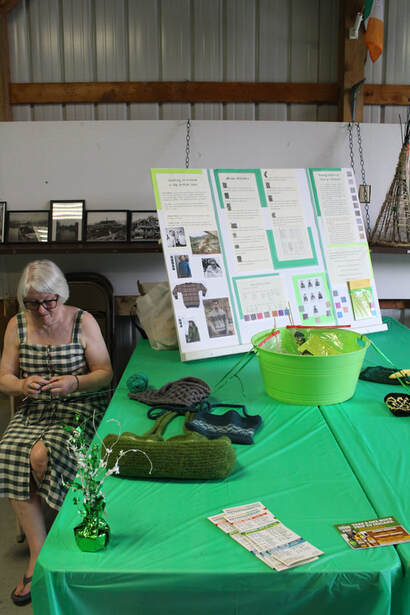
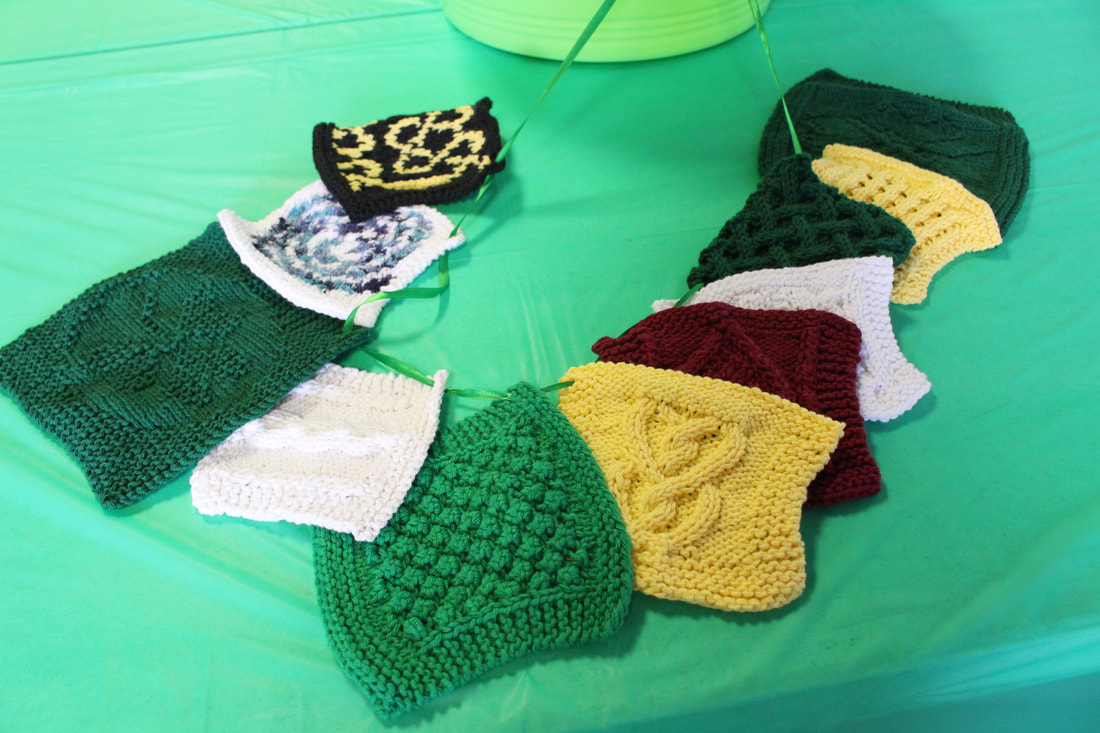
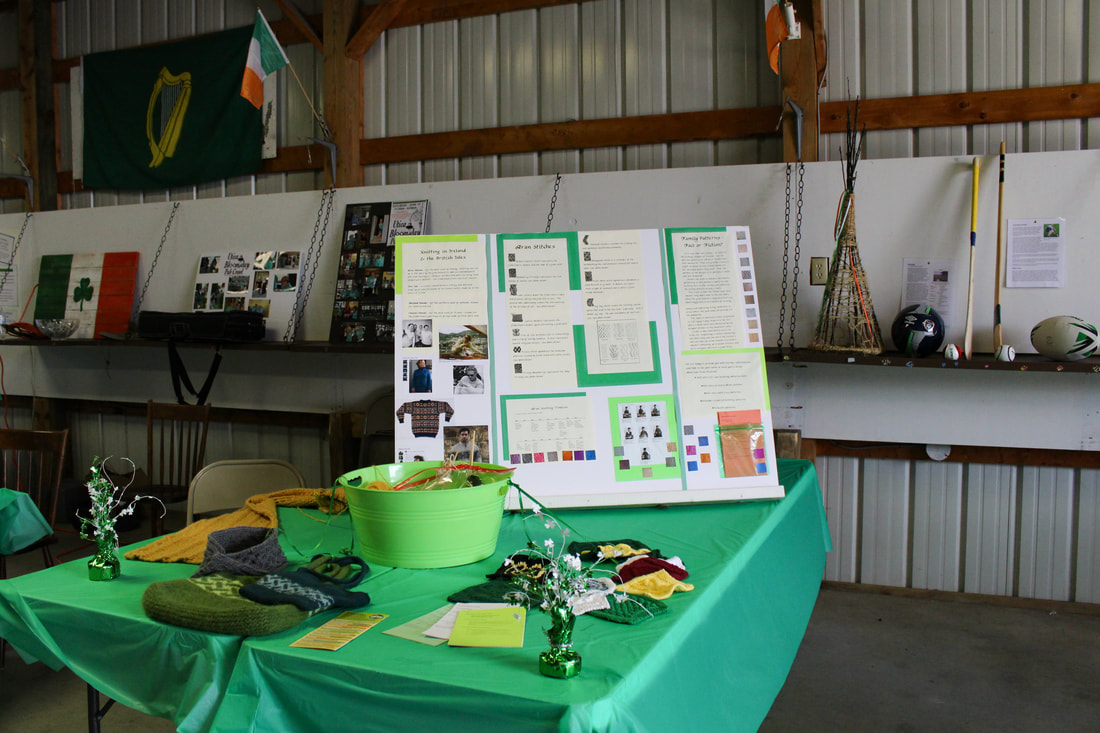
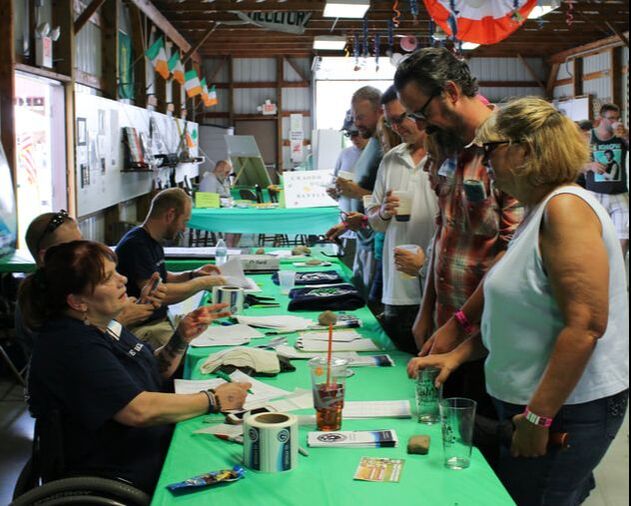
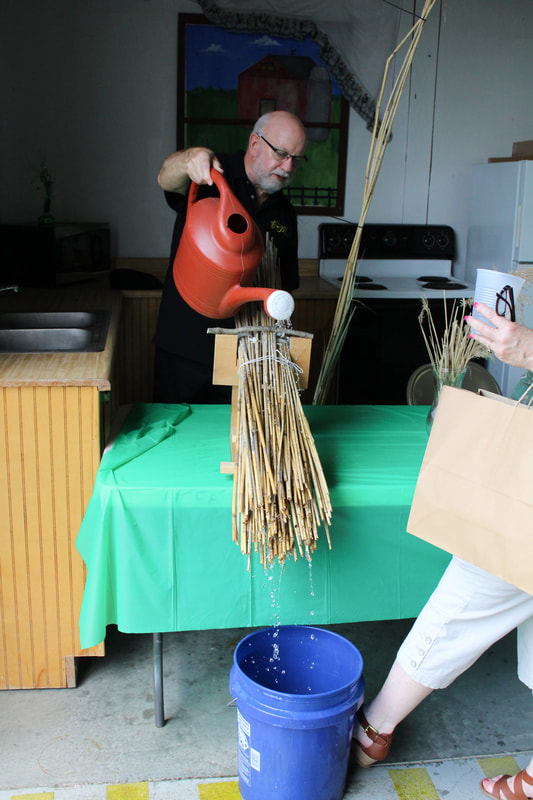
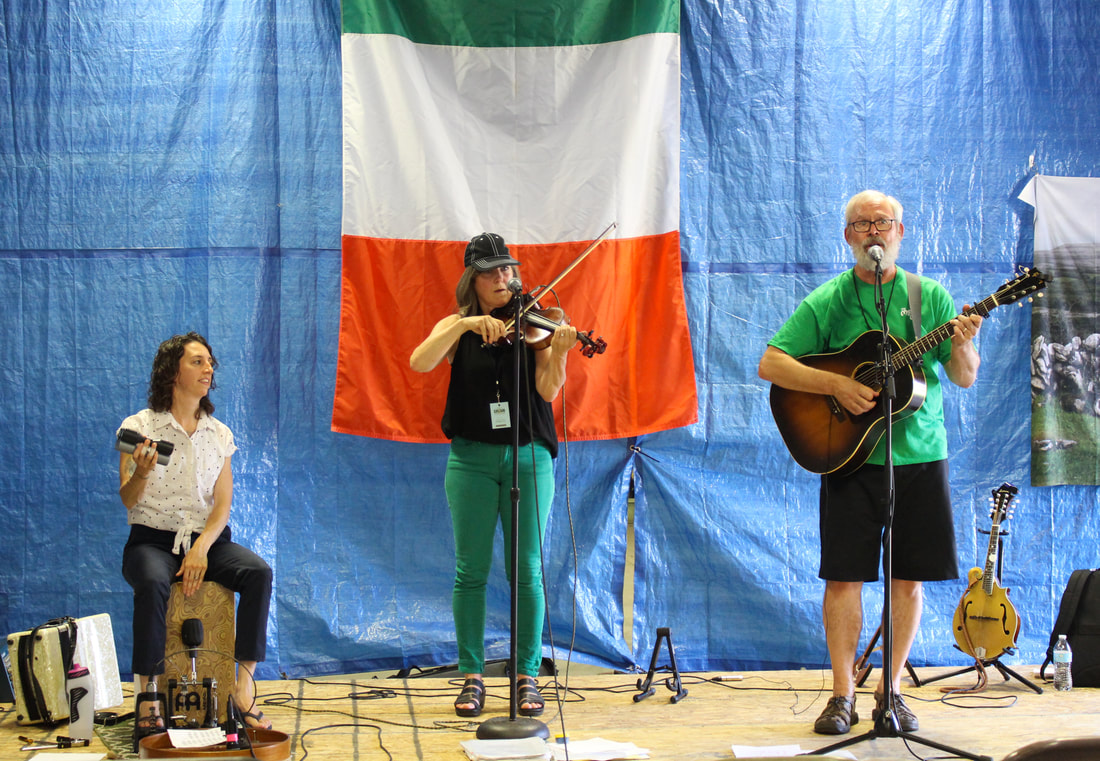
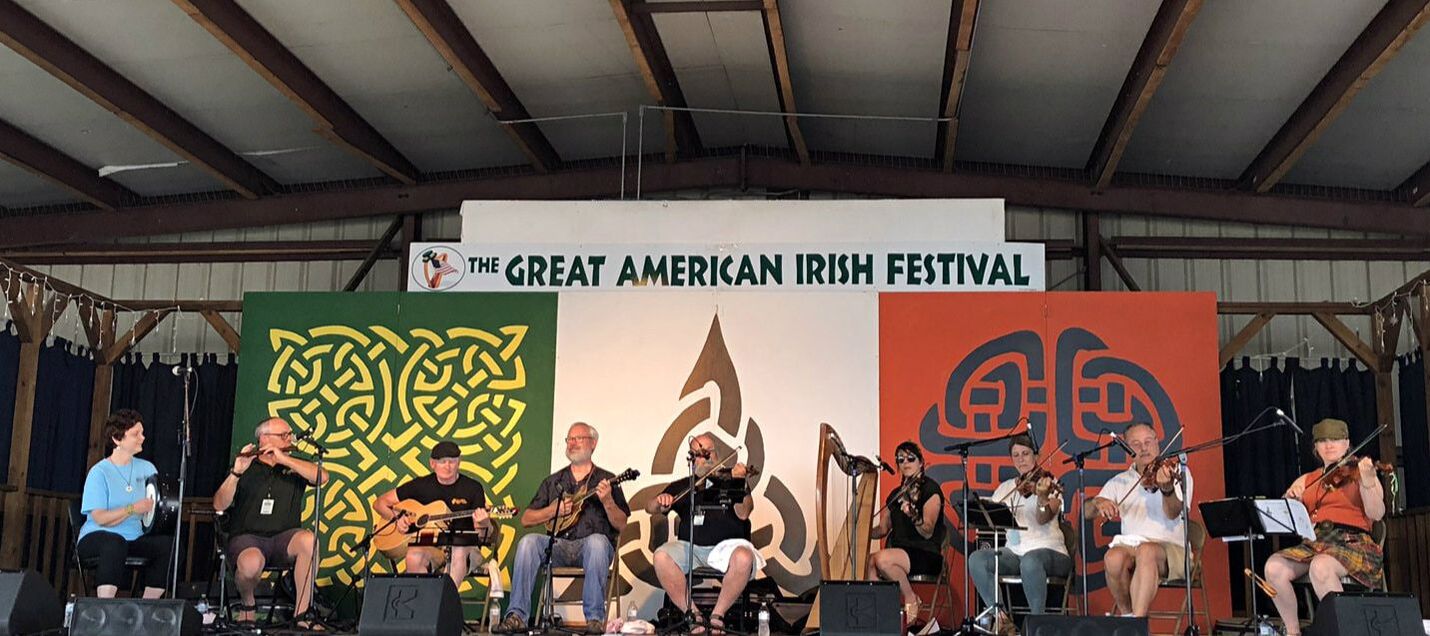
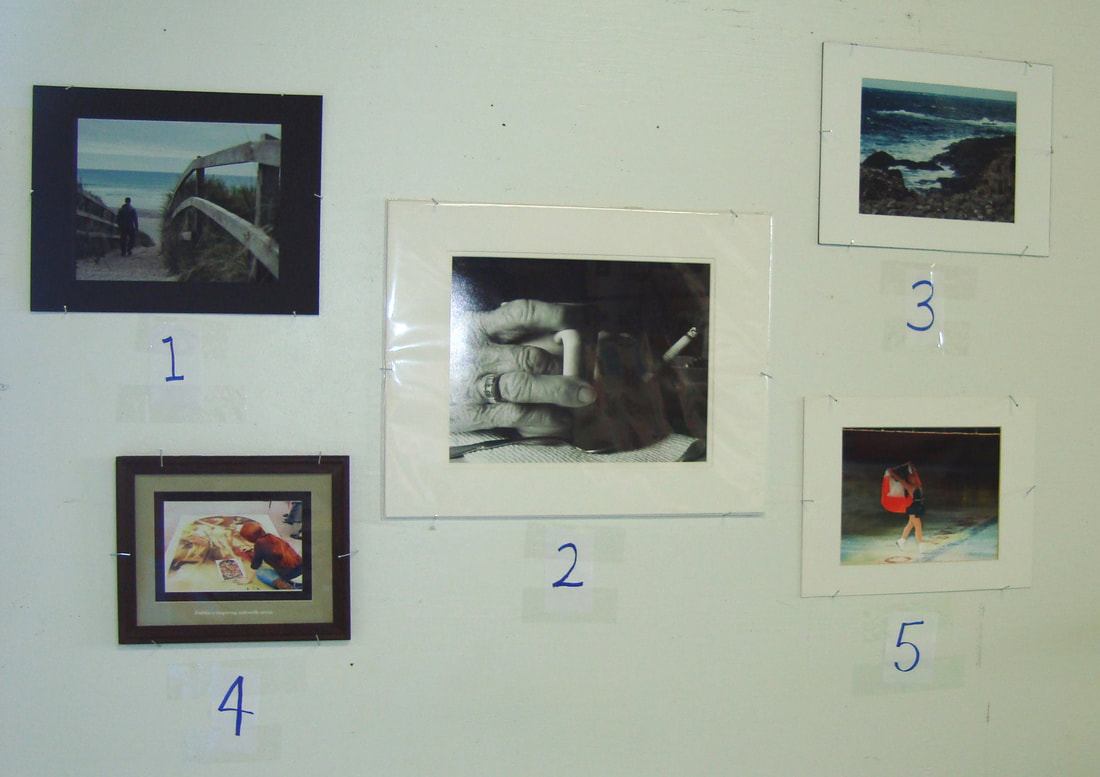
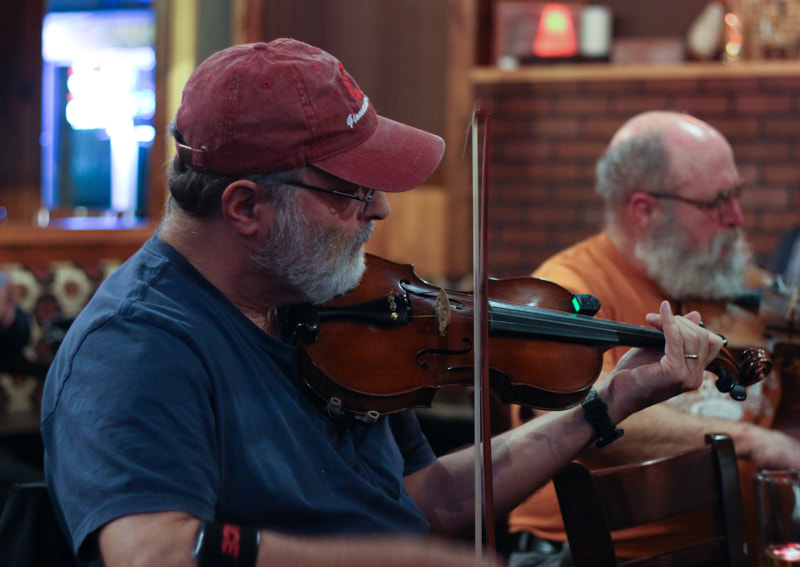
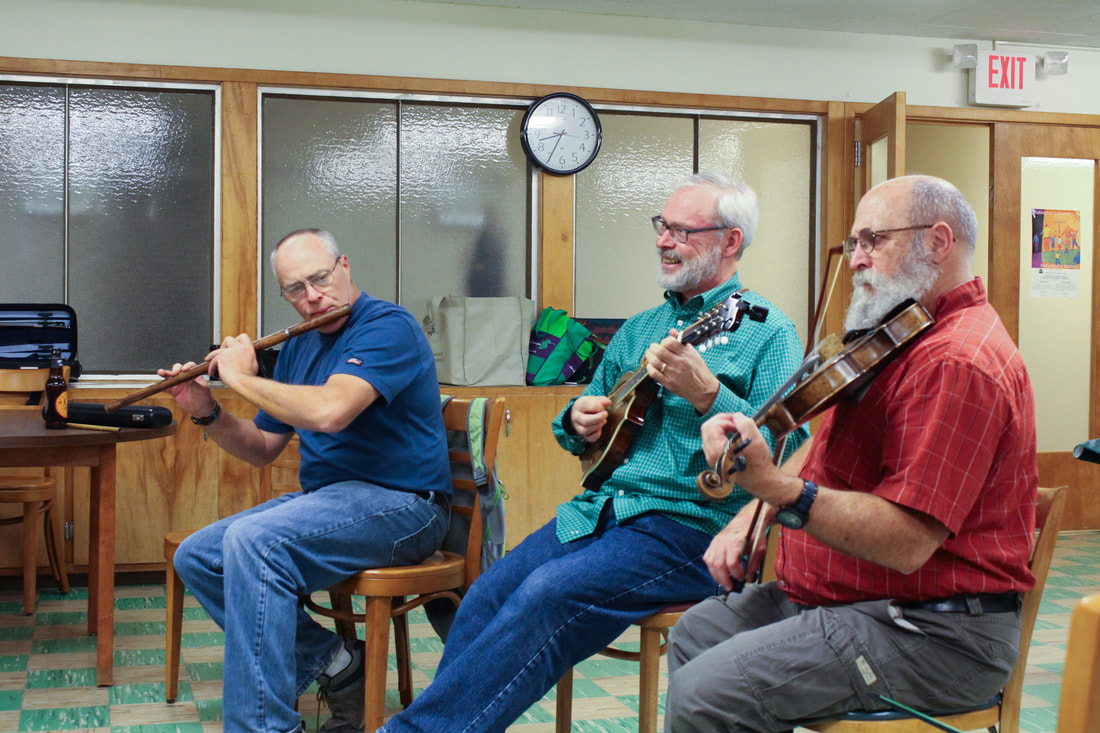
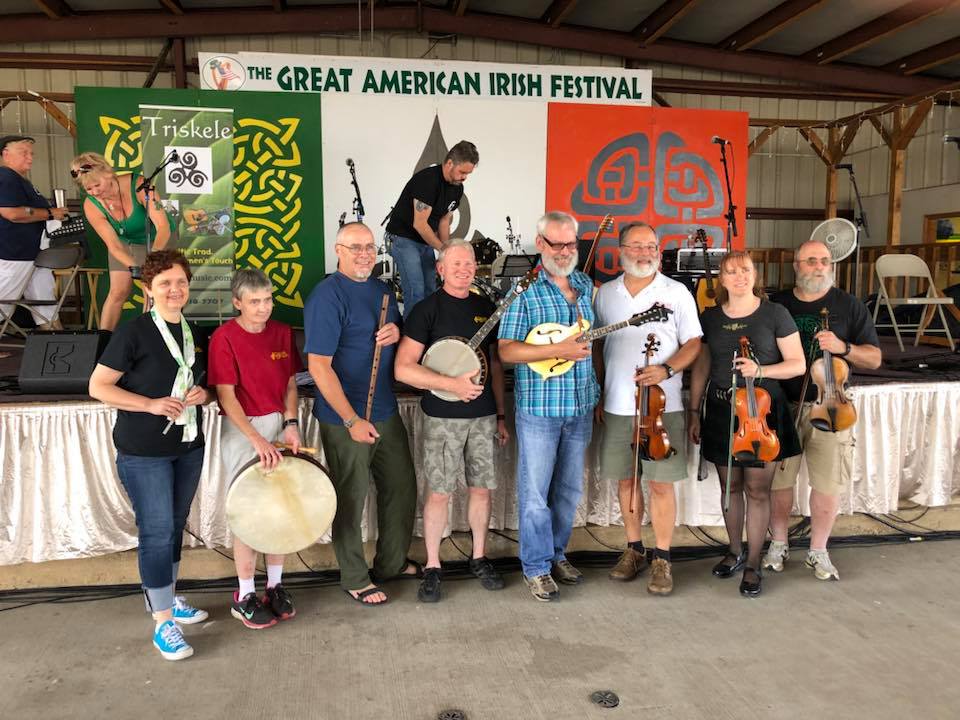
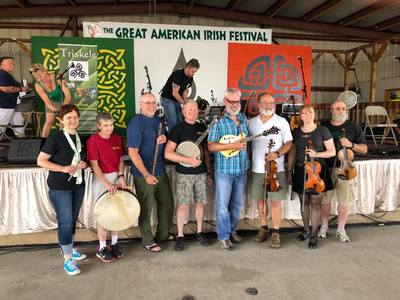
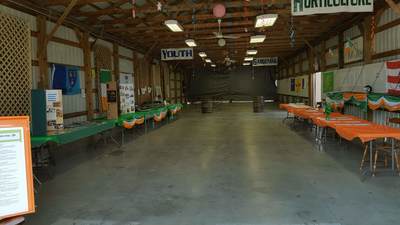
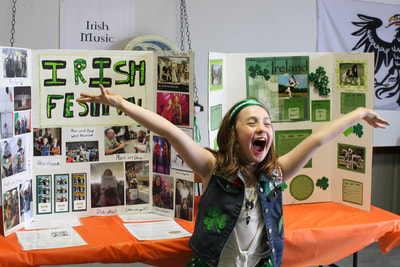
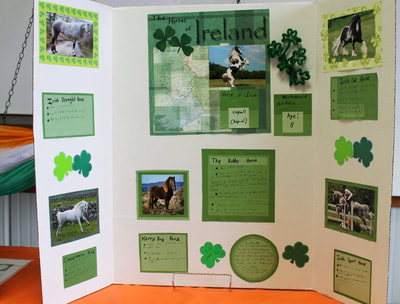
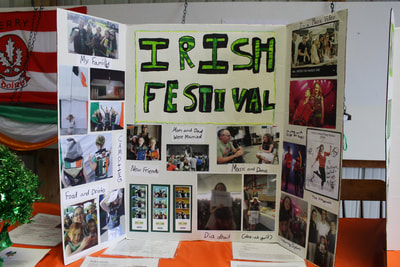
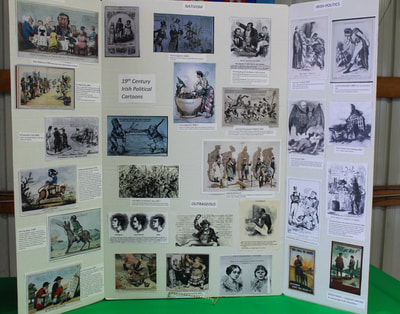
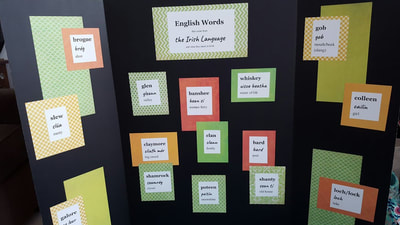
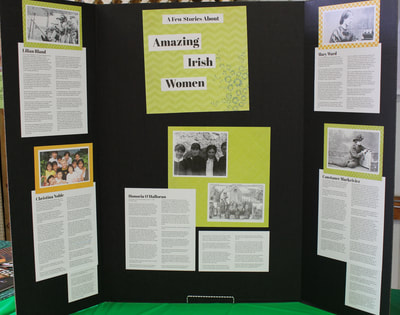
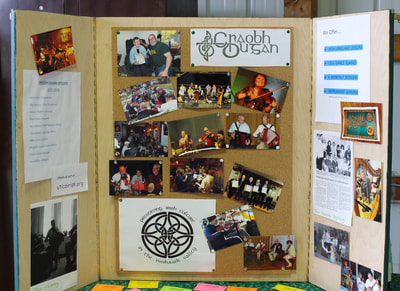
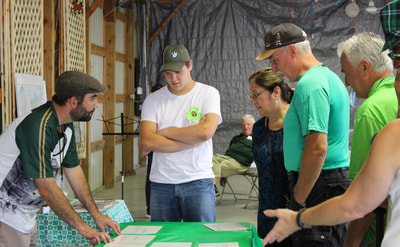
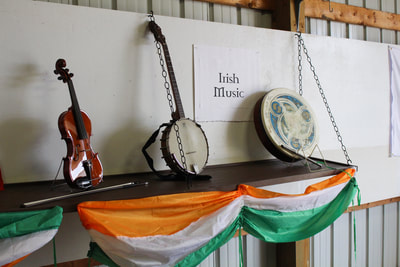
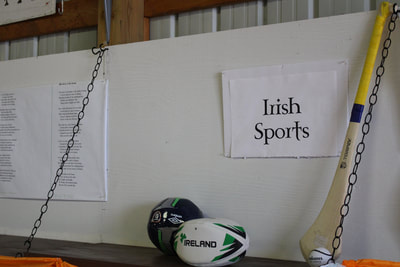
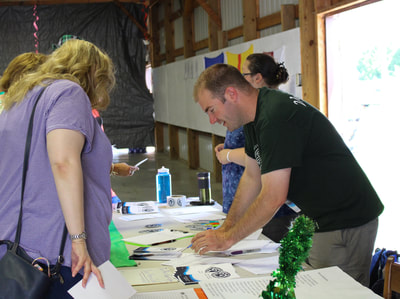
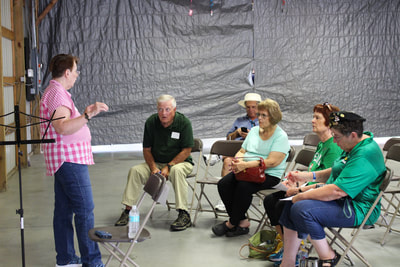
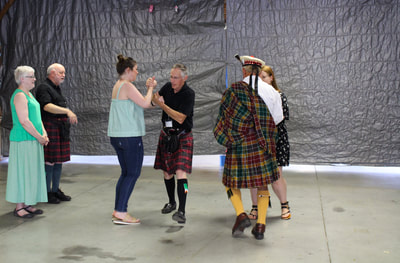
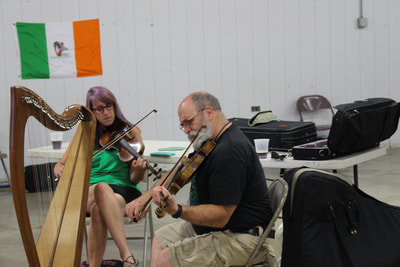
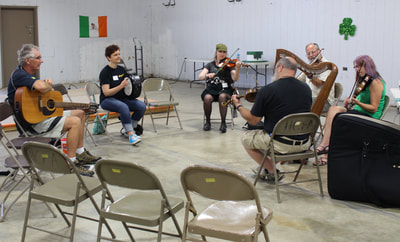
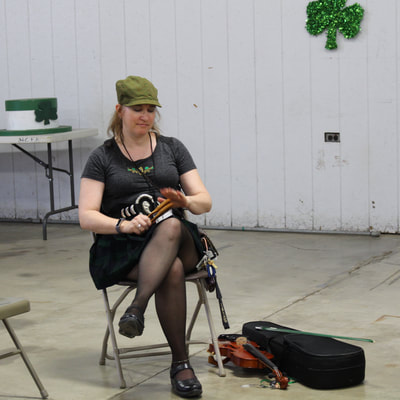
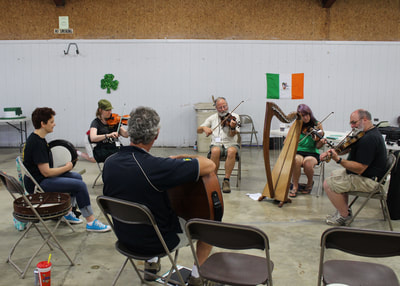
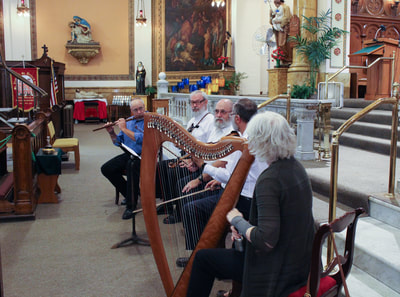
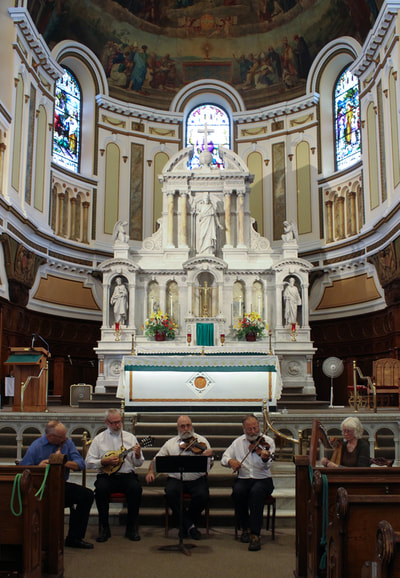
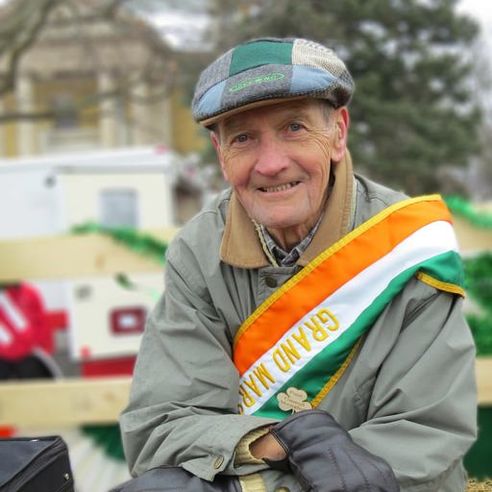
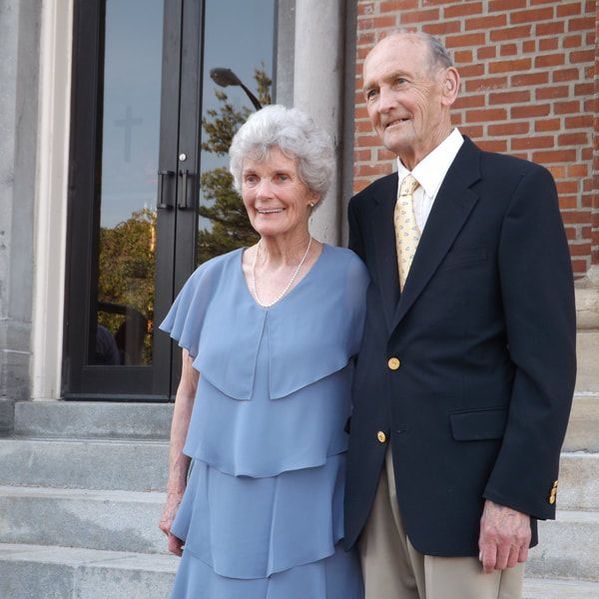
 RSS Feed
RSS Feed